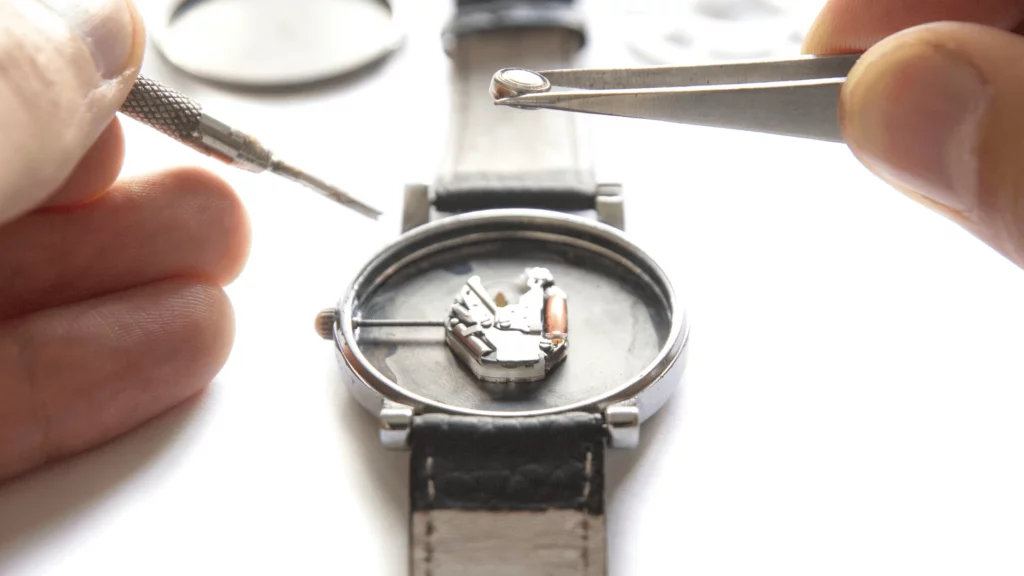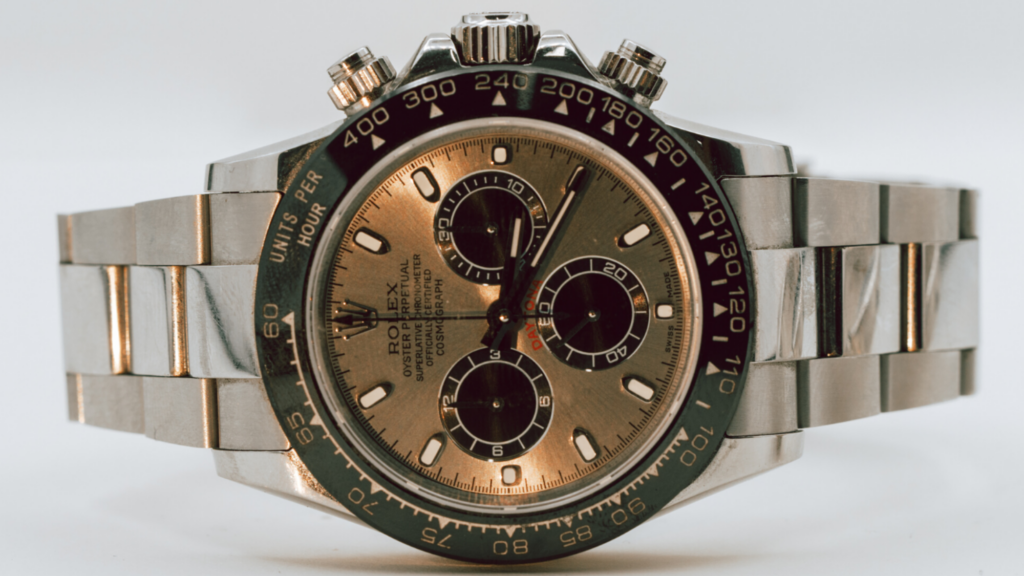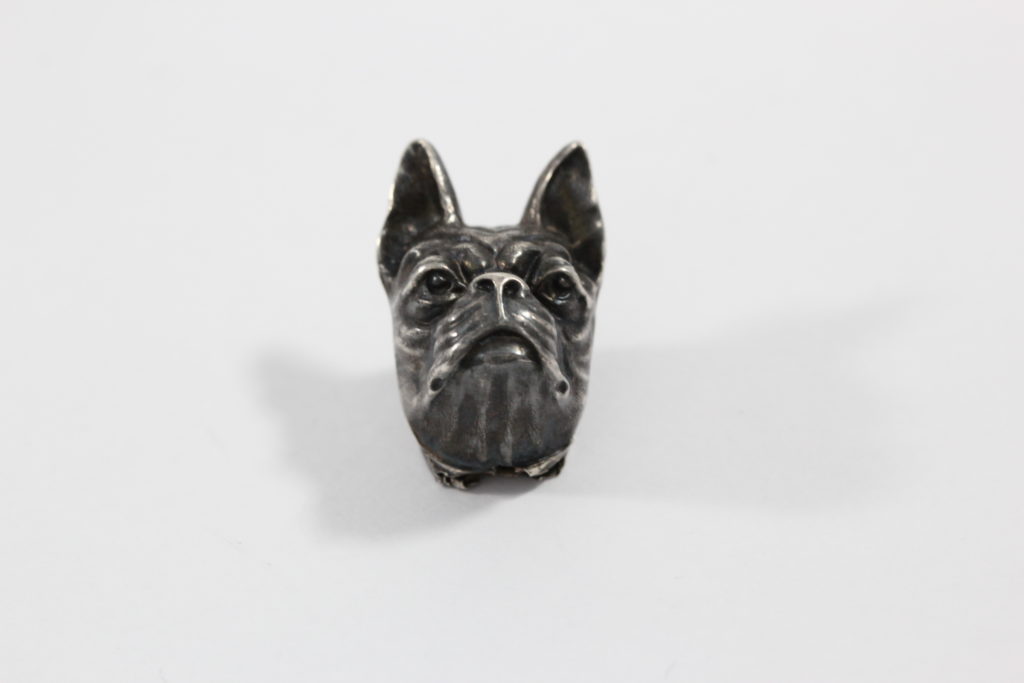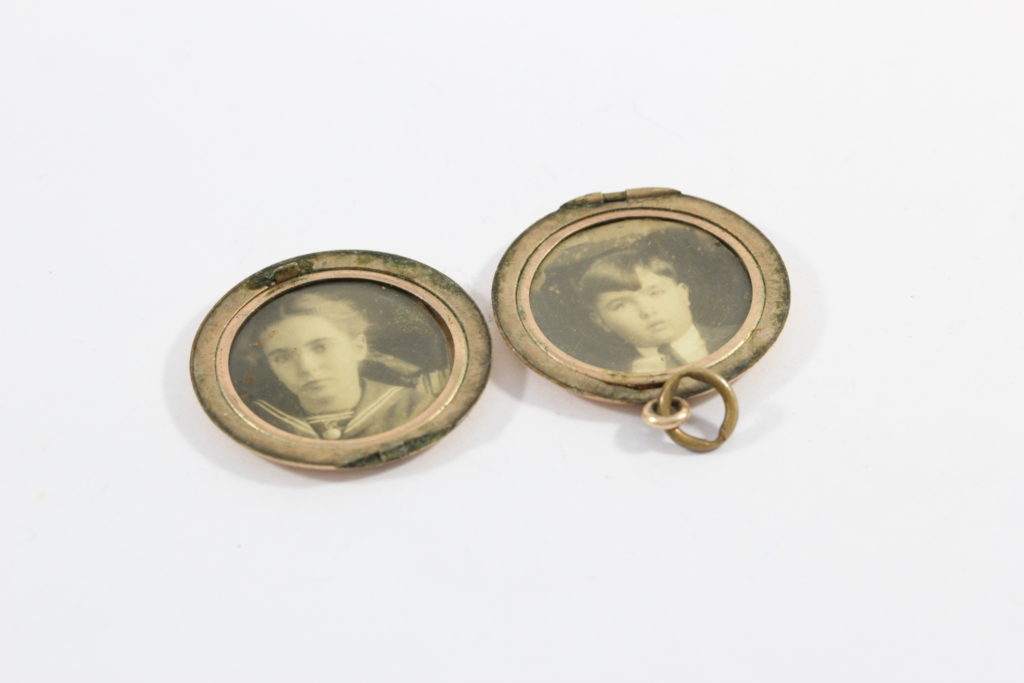Time Flies: The Evolution and History of Watchmaking
Written by Anna Currell
February 14, 2023

Time flies, as the saying goes, and humans have been trying to keep track of it for thousands of years. From ancient sundials to modern smartwatches, the history of watchmaking is a fascinating journey through time, innovation, technology, and artistry. Let’s explore the evolution of watches over time, how their designs have changed, and how we’ve arrived at the modern timepieces we know and love today.
The Earliest Time Trackers
Humans have relied on all kinds of devices and methods to keep track of time throughout centuries. In fact, the term “watch” is thought to have originated from an old English word meaning “to keep watch,” or “to remain awake,” referring to when people would keep watch over their families and communities overnight. The earliest known form of timekeeping is the sundial, which was used in ancient Egypt around 1500 BC. The concept of sundials was based on the idea of tracking an object’s shadow as it moves across the ground, with the position of the shadow indicating the time of day. However, sundials were not portable and were only functional during daylight hours, so their use was fairly limited.
Pocket Watches
It wasn't until the 16th century that the first portable timepiece, known as a pocket watch, was invented. These early watches were large and bulky, and were primarily used by the wealthiest people. Pocket watches hung from a chain around the neck or attached to the clothing, but weren’t worn on the wrist (yet!). The first iterations weren’t very accurate, but as technology advanced, watchmakers began to experiment with new materials and designs. During the 17th and 18th centuries, the use of brass and steel allowed for the creation of smaller, more accurate watches.
In 1675, Christian Huygens invented the balance spring (essentially a tiny pendulum device), which markedly improved the accuracy of watch mechanisms. The balance spring attaches to a weighted piece called balance wheel, and the two work together in harmony to create a steady beat that tracks the seconds as they go by. Each time the wheel rotates back and forth it makes the classic “tick” noise we associate with watches. The balance spring and wheel are considered some of the most important innovations in the history of watchmaking.
Wristwatches
In the 19th century, the Industrial Revolution brought about mass production, which made pocket watches more affordable for the general public. This period also saw the invention of the wristwatch, which was originally designed for convenience. World War I then made wristwatches even more popular, as soldiers found them to be more practical than pocket watches. The need for a quick and easy way to check the time on the battlefield led to the mass production of wristwatches for soldiers, and the new standard in timekeeping took off from there.

Modern Watches
The 20th century saw the rise of luxury watchmaking, with companies such as Rolex, Omega, and Patek Philippe becoming synonymous with values like precision and craftsmanship. These heritage brands focused on creating watches that were not just timekeeping devices but also works of art. Many of these businesses continue to be leaders in the industry today, thanks to their commitment to traditional techniques and innovative designs.
In recent years, the invention of smartwatches has established a new era of watchmaking. Smartwatches not only tell time, but also offer a wide range of features like fitness tracking, mobile payments, and even voice assistants. With the incorporation of technology, smartwatches have become a must-have accessory for lots of people; it’s practically like having a computer on your wrist (hello, future).

Free smartwatch on woman's wrist image, public domain CC0 photo.
Even in light of the invention of smartwatches, traditional mechanical watches are still highly sought after by collectors and enthusiasts; some watches can fetch millions of dollars at auction. The mechanical watch is a statement of one's personality and taste. And beyond the style of the watch itself, there are all kinds of ways to personalize a watch, including getting it gold-plated, getting a custom engraving, and adding gemstones.
The history of watchmaking is a story of art, evolution, and a deep appreciation (and the necessity) for tracking the passage of time. The watch you wear today — whether it’s a luxury leather-banded timepiece or a smartwatch that reminds you to get your daily steps in — is a product of thousands of years of human invention. To keep your watch working well, be sure to take good care of it. Get its battery replaced before the current one runs out, and give your watch a full overhaul every now and then to ensure that time keeps ticking.


